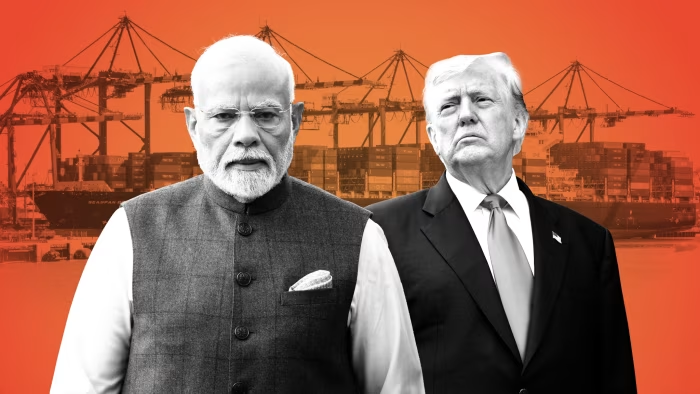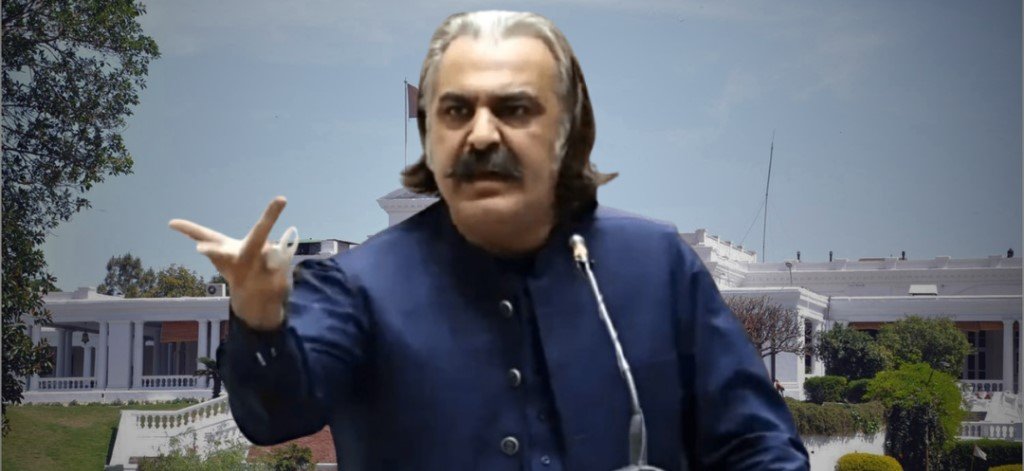Former U.S. President Donald Trump has once again made headlines by announcing a significant policy shift targeting India. In a bold and controversial move, Trump Hikes India Tariffs to 50% Over Russian Oil specifically in response to India’s ongoing oil trade with Russia. The announcement, made during one of his campaign rallies as he eyes a potential return to the White House in 2025, has sparked intense debate both in the United States and internationally.
Background of the Tariff Decision
According to Trump, India’s continued purchase of discounted oil from Russia undermines the efforts of the Western world to isolate Moscow economically following its invasion of Ukraine. India, one of the largest importers of Russian oil since the start of the Ukraine war, has defended its stance as necessary for energy security and affordability. However, Trump claims that this decision is enabling Russia financially, while India continues to enjoy favorable trade access to the American market.
Trump told his supporters, “If India wants to keep buying cheap oil from Putin, then they can pay the price. No more free ride on American trade benefits. We’re putting America first.”
While the Biden administration has largely taken a more diplomatic tone on India’s oil deals, Trump’s move reflects a sharp return to aggressive economic nationalism — something that defined much of his first term.x
What the Tariffs Mean
Under Trump’s proposal, tariffs on several categories of Indian exports — including textiles, pharmaceuticals, auto parts, steel, and electronics — would increase from current rates to a whopping 50%. This represents a drastic shift, especially for sectors that rely heavily on exports to the U.S. market.
India is one of the United States’ key trading partners, and in recent years, bilateral trade has exceeded $150 billion. Imposing such steep tariffs could affect not only Indian exporters but also American businesses that rely on affordable goods from India.
Trump argues that such a move will protect American industries and workers, stating that foreign countries like India are taking advantage of the U.S. economy while aligning themselves with strategic rivals like Russia.

India’s Response
India has not officially responded through its government channels yet, but sources from the Ministry of External Affairs and the Commerce Ministry have expressed concern over the impact this decision could have on trade relations. Indian officials argue that the country’s oil purchases from Russia are purely based on national interest and not a political endorsement of Moscow’s actions.
Trade experts in New Delhi fear that the tariffs could lead to a trade war, where India might retaliate by imposing duties on U.S. goods such as agricultural products, medical devices, and high-end consumer goods. READ NEXT https://elevenpakistan.com/nationwide-protests-demand-imran-khans-release/
Moreover, Indian analysts have pointed out that Trump’s policy could be seen as punitive rather than constructive, especially at a time when both nations have been trying to build stronger strategic ties to counterbalance China’s growing influence in the Indo-Pacific region.
Global Reactions
The global reaction to Trump’s statement has been mixed. Some Western leaders are watching cautiously, aware that any disruption in U.S.-India trade could have ripple effects on global supply chains and geopolitical alliances. European countries, while aligned with sanctions on Russia, have not taken such direct economic actions against India, understanding its unique energy needs and regional challenges.
Economists warn that if this policy is implemented, it could severely strain U.S.-India relations and damage the broader goal of building a united global front against Russian aggression.
Others, however, particularly Trump’s base of supporters, are cheering the move. They view it as another example of Trump standing up to what they see as international exploitation of American generosity.
Business Community Concerns
Both American and Indian business communities have expressed alarm at the potential consequences of the tariff hike. U.S. importers who depend on Indian goods fear that prices will surge, potentially hurting small and medium-sized businesses. Indian exporters, on the other hand, worry that they could lose their competitiveness in one of their largest markets.
Several trade groups and chambers of commerce have urged Trump to reconsider and instead focus on diplomatic engagement to resolve the dispute over Russian oil.
Final Thoughts
Donald Trump’s announcement to raise tariffs on India to 50% is another clear signal that if he returns to the White House, America’s trade policies will take a more aggressive, confrontational turn. The decision, fueled by his frustration over India’s oil ties with Russia, has ignited global discussions about trade fairness, geopolitical strategy, and national interests.
While the actual implementation of the tariffs would depend on whether Trump wins the 2024 election and follows through on this campaign promise, the statement alone has already shaken markets and raised new uncertainties in the delicate balance of international trade and diplomacy.
READ NEXT



